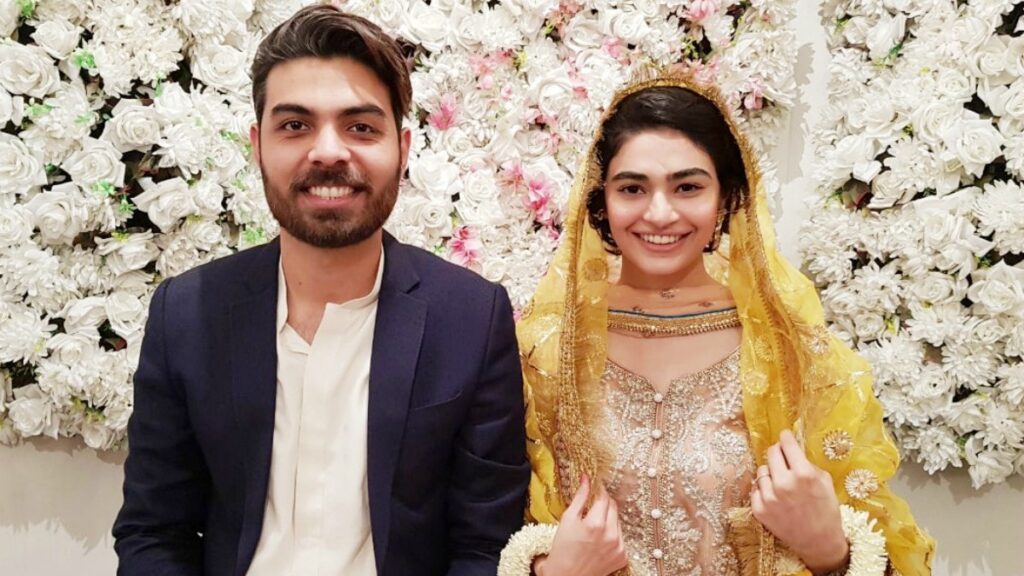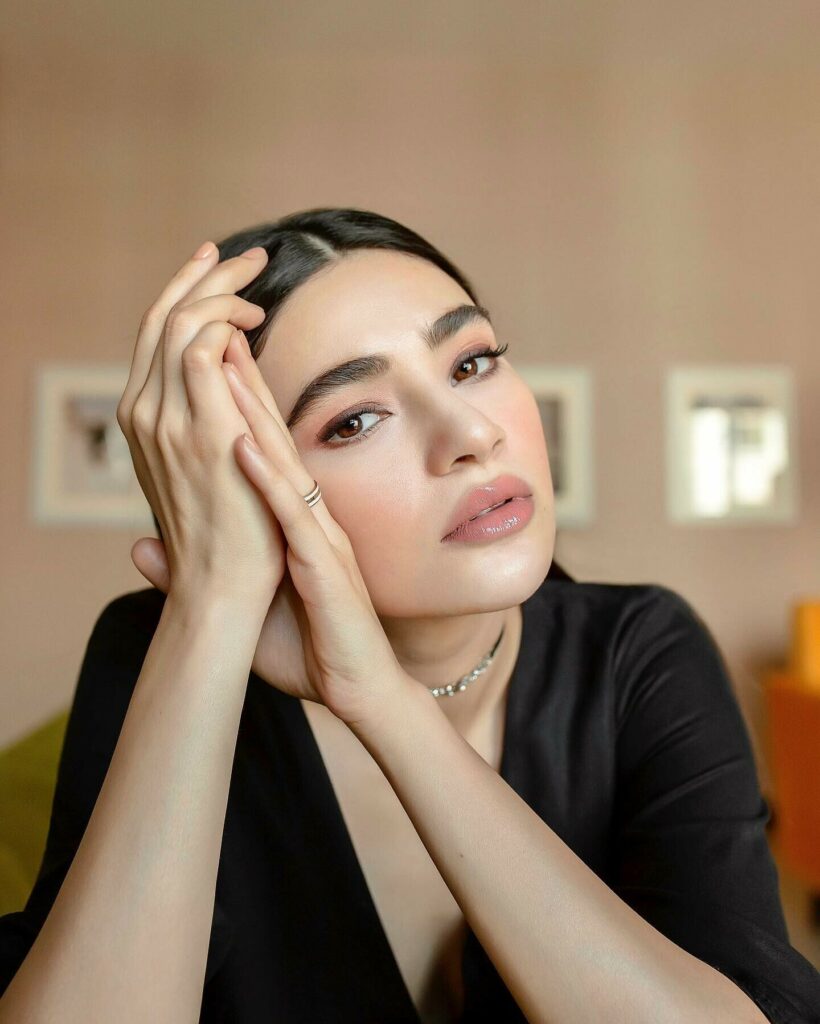Table of Contents
ToggleSaheefa Jabbar Takes a Stand for Realism

In an era where television shapes social narratives and influences the public psyche, Pakistani drama serials have often come under fire for prioritizing glamour over reality. Recently, model-turned-actress Saheefa Jabbar voiced a strong critique regarding the lavish portrayal of women in dramas, particularly the excessive use of heavy jewelry and costly designer clothing. Her opinion has sparked an important conversation about realism and authenticity in Pakistani media content.
Questioning the Disconnect from Reality
Saheefa Jabbar, known for her minimalistic style and bold opinions, took to social media to express her concerns. She questioned why female characters, even in supposedly middle-class or struggling households, are shown decked out in elaborate bridal sets and designer ensembles. “Is this what we want our viewers to relate to?” she asked. Her critique highlights a growing disconnect between drama serial narratives and the lives of average Pakistani citizens.
Style Over Substance in Drama Serials
Pakistani drama serials are a powerful tool for storytelling, often touching upon cultural norms, family issues, and moral dilemmas. However, as Saheefa Jabbar points out, the realism of these plots is often overshadowed by the visual excess. When a drama is set in a modest household but features characters in high-end fashion and excessive jewelry, it sends a misleading message.
Glamour Dilutes Emotional Weight
In her statement, Saheefa Jabbar emphasized that there is nothing inherently wrong with beautiful clothing or jewelry. “But context matters,” she added. If a character is grieving or working multiple jobs to support a family, it doesn’t make sense for her to appear in scenes wearing three-piece designer suits and full makeup. This kind of portrayal can dilute the emotional weight of the character and distort the storyline’s credibility.
Impact on Audience Perception
The issue isn’t merely about clothing—it’s about how these visual choices influence storytelling. When all characters appear styled and glamorous regardless of the situation, it becomes harder for the audience to emotionally connect with their struggles. Pakistani drama serials have the potential to be deeply moving and relatable, but over-the-top wardrobe choices can disrupt this connection.
Public Support for Saheefa’s Stance
This sentiment was echoed by fans who supported her opinion on various social platforms. Many viewers shared their frustration over the portrayal of daily life in dramas, questioning how struggling families are shown sipping tea from fine china and sleeping in luxuriously furnished bedrooms. Saheefa Jabbar’s critique brought to light what many viewers had felt but hadn’t openly discussed.
The Ratings vs Realism Debate
Production houses may argue that glamour helps attract viewership and boosts ratings. While that may be true to an extent, Saheefa Jabbar argues that compelling performances and honest storytelling should be the primary focus of Pakistani drama serials. Dramas like Udaari, Dar Si Jati Hai Sila, and Pyar Ke Sadqay gained immense popularity not because of extravagant styling but due to their honest and relatable plots.
Unrealistic Beauty Standards
The obsession with visuals also places undue pressure on actresses, who are expected to look flawless in every frame. Saheefa Jabbar has long advocated for body positivity and natural beauty, and this criticism aligns with her broader message of authenticity in the entertainment industry. She pointed out how young girls are increasingly comparing themselves to drama heroines, unaware of the artificial efforts that go into creating those polished looks.
Social Media and Fashion Trends
One cannot ignore the influence of social media in amplifying this issue. Fashion bloggers and digital influencers often highlight the costumes and makeup seen in dramas, turning them into trends. While this cross-promotion can be beneficial from a marketing perspective, it reinforces the idea that every woman should look like a magazine cover—even in her most vulnerable moments.

Call for Balance in Drama Production
The industry, according to Saheefa Jabbar, needs to embrace a balance. There’s room for glamour, but only when it serves the narrative. Characters should look like the people they are meant to portray—teachers, mothers, nurses, students—not fashion models 24/7. If a scene calls for subtlety and simplicity, it should reflect in the costume and styling.
Industry Response and Growing Awareness
Many actors, writers, and directors have started echoing similar concerns. In recent months, we’ve seen some dramas attempt to adopt a more grounded and realistic look. These efforts are being applauded, and it’s hoped that more creators will follow suit. Saheefa Jabbar’s voice in this conversation adds momentum to a much-needed shift in the industry.
Moving Toward Honest Storytelling
As Pakistani drama serials continue to evolve, voices like Saheefa Jabbar’s play a crucial role in shaping their future. Her bold critique is not a rejection of beauty or fashion, but a call for honesty, relatability, and emotional depth. It’s a reminder that the heart of storytelling lies in connecting with the audience—not through sequins and silks, but through truth and vulnerability.
Conclusion: A Wake-Up Call for the Drama Industry
In a media landscape saturated with visual noise, Saheefa Jabbar has drawn attention to an issue that could redefine how we view drama productions in the country. It remains to be seen how the industry responds, but one thing is clear—her message has struck a chord, and viewers are paying attention. For Pakistani drama serials to remain relevant and impactful, they must not only tell great stories—they must look and feel like real life.
